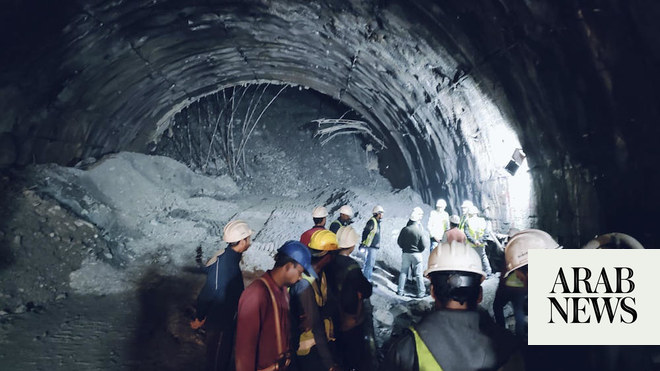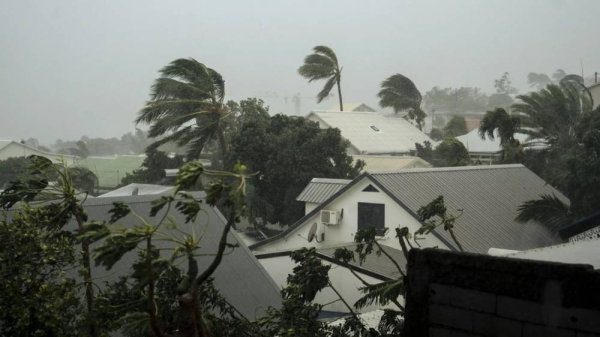
Rescuers in South Korea are struggling to reach cars trapped in a flooded tunnel, following days of heavy rain.
It is unclear how many people are trapped, but about 19 vehicles are reported to be in the tunnel in Cheongju, North Chungcheong province.
Across the country, at least 22 people are now known to have been killed and another 14 are missing.
Most of the fatalities were in the mountainous North Gyeongsang region, where landslides swept away houses.
Aerial pictures from flood affected areas show brown mud and flood waters so deep, only the tops of roofs can been seen sticking out.
Thousands of people have been affected by evacuation orders issued by various local governments and Prime Minister Han Duck-soo has asked the military to help with the rescue efforts.
Fire authorities said that the tunnel, in the suburb of Osong in Cheongju, was swamped by a flash flood too quickly for drivers and passengers to escape, South Korean news agency Yonhap reported.
One person is confirmed to have died, while nine others were rescued.
Early on Saturday morning local time, some 6,400 residents were evacuated after the Goesan Dam began to overflow, the agency said.
A number of low-lying villages near the dam as well as many of the roads connecting them were submerged, leaving some residents trapped in their homes.
Late on Friday, a landslide caused a train to derail in North Chungcheong. One engineer was injured, but luckily the train was not carrying passengers at the time.
Korail, the country’s national rail operator, has announced the suspension of all slow trains and some bullet trains, and said other bullet services would be disrupted.
The Korea Meteorological Administration forecast more rainfall through to Wednesday next week. It warned that the weather conditions pose a “grave” danger.
Extreme rain has caused floods and landslides across several countries including India, China and Japan over the past fortnight.
While many factors contribute to flooding, scientists say a warming atmosphere caused by climate change makes extreme rainfall more likely.
The warmer it becomes, the more moisture the atmosphere can hold. — BBC












